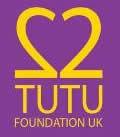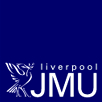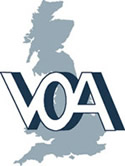


- Black History Month on BBC 1Xtra: Seani B
- The life of Nelson Mandela
- African London
- Claudia Jones
- Joe Clough The first Black Bus Driver
- Devotional Series
- The Black Victorians
- The first Black Britons: By Sukhdev Sandhu
- Filling in the blank pages
- Manchester Explores Myths About Race
- Generating Genius: Tony Selley
- For whom the bells toll
- Pioneers and Firsts in Science
- Our Living Black Heroes: Diane Abbott
- Oxford Scholars Remembered











|
|
Celebrating the Windrush: Joe Clough The first Black Bus DriverTo mark the sixtieth anniversary of the arrival of the MV Empire Windrush in Britain in 1948, From War to Windrush, a new special exhibition at the Imperial War Museum London tells the personal stories of West Indian people during the First and Second World Wars. sing historical material and personal memorabilia, much of which will be on public display for the first time, From War to Windrush explores the involvement of Black men and women from the West Indies and Britain on the frontline and home front during these conflicts. The exhibition also examines how their experiences contributed to the establishment of Britain’s contemporary Caribbean populations. From War to Windrush, 13 June 2008 – 29 March 2009, admission Free, Imperial War Museum Lambeth Road, London SE1 6HZ, www.iwm.org.uk/windrush. Enquiries 020 7416 5320/5321
|












